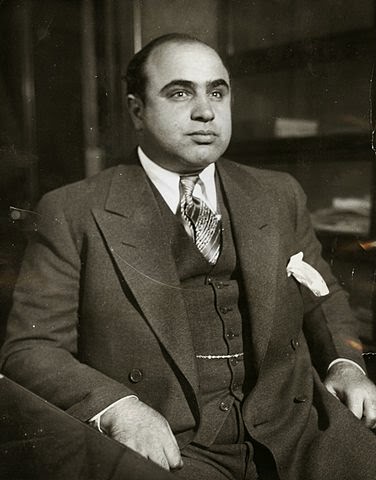 |
| Snowden Place 1923 Florida State Archives/ Florida Memory - Hoit |
It’s hard to imagine Miami Beach in the days before it was established
as a town in 1915. Yet the mangrove-dense barrier island east of the city of
Miami was beginning to capture the attention of those with big imaginations and
plenty of money.
One of the island’s pioneers, James H. Snowden, understood beach-side
opportunities. Perhaps his associate, the better-known beach developer Carl
Fisher, influenced him. Or maybe not. Snowden, born in Oil City, Pennsylvania
was a sharp businessman. He made his fortune in the oil industry in Oklahoma,
Texas and Louisiana. His obituary claimed he had been a Standard Oil executive.
The Collins Bridge* (now the Venetian Causeway) connected the
mainland to the barrier island in 1913. It spurred development. Snowden began clearing
property about a mile and a half north of the wooden span for his new winter home,
Snowden Place, in 1916.
 |
| Snowden Place circa 1920 Florida State Archives/Florida Memory |
Snowden Place sat between Indian Creek and the ocean. It was known as one of the “handsomest” houses in early Miami Beach. Snowden spent about $250,000 to landscape and build his palatial home with its 1,400 feet of oceanfront. His staff moved “carloads” of palm trees from parts of the property to replant along a quarter-mile drive to the residence.
Palm trees were planted in an intermittent arrangement with “extra-large” 10-foot high oleander plants. It was, no doubt, an impressive sight to his neighbors, which included R.P. Van Camp of pork and beans fame and fortune. He built a house on the smaller property adjacent to Snowden Place with a 700-foot span of oceanfront (near today’s 41st Street).
Though Snowden was a Miami Beach resident and a registered voter there, he spent months away from Florida. He rented the mansion during winter months to auto tire millionaire and Akron, Ohio resident, Harry S. Firestone several times. One news account reported Firestone and wife, with a retinue of 80 staff (many housed elsewhere) and as many as 10 children spent the winters of 1921 and 1923 at the estate. The tire magnate usually brought a fleet of cars but rented a boat for cruising and fishing. At Firestone’s invitation, his long-time friend and one-time president, Warren G. Harding, also spent time at the estate before his death in 1923.
 |
| Firestone Estate circa 1920 Florida State Archives/ Florida Memory/Romer |
In 1923, Firestone
bought Snowden Place for a reported $250,000–the same for what the estate was
built—if the reporting is accurate. Many today refer to the transactional history
of that part of Miami Beach as pertaining to the Firestone Estate not Snowden Place. Snowden died
in 1930 in New York at age 57. By that time, he had divested most of his holdings
in Miami Beach. Firestone died in 1938.
Firestone heirs, who had re-zoned what remained of the property for commercial use, sold the estate to Ben Novak, operator of the Sans Souci Hotel, in 1952 for $2.3 million. Novak then built the world-famous Fontainebleau Hotel (designed by Morris Lapidus) on the site.
 |
| Fontainebleau Hotel under construction 1954 Florida State Archives/ Florida Memory |
And it so it went – from mangrove to a sophisticated world-class urban
setting of shoulder-to-shoulder hotels.
* For more on Collins see:
https://janeshistorynook.blogspot.com/2013/02/miami-beach-farmer-collins-his-avocados.html
Sources:
Miami News, June 14, 1916
Miami News, Feb. 13, 1919
Miami News, Dec. 15, 1922
Miami News, Aug. 3, 1923
Miami Herald, Oct. 26, 1930
Miami News, July 21, 1952
Tags: Miami Beach in the 1900s, Miami Beach in the 1920s, Miami Beach in the 1950s, Firestone Estate, Fontainebleau Hotel, Miami Beach history, history of Miami Beach























